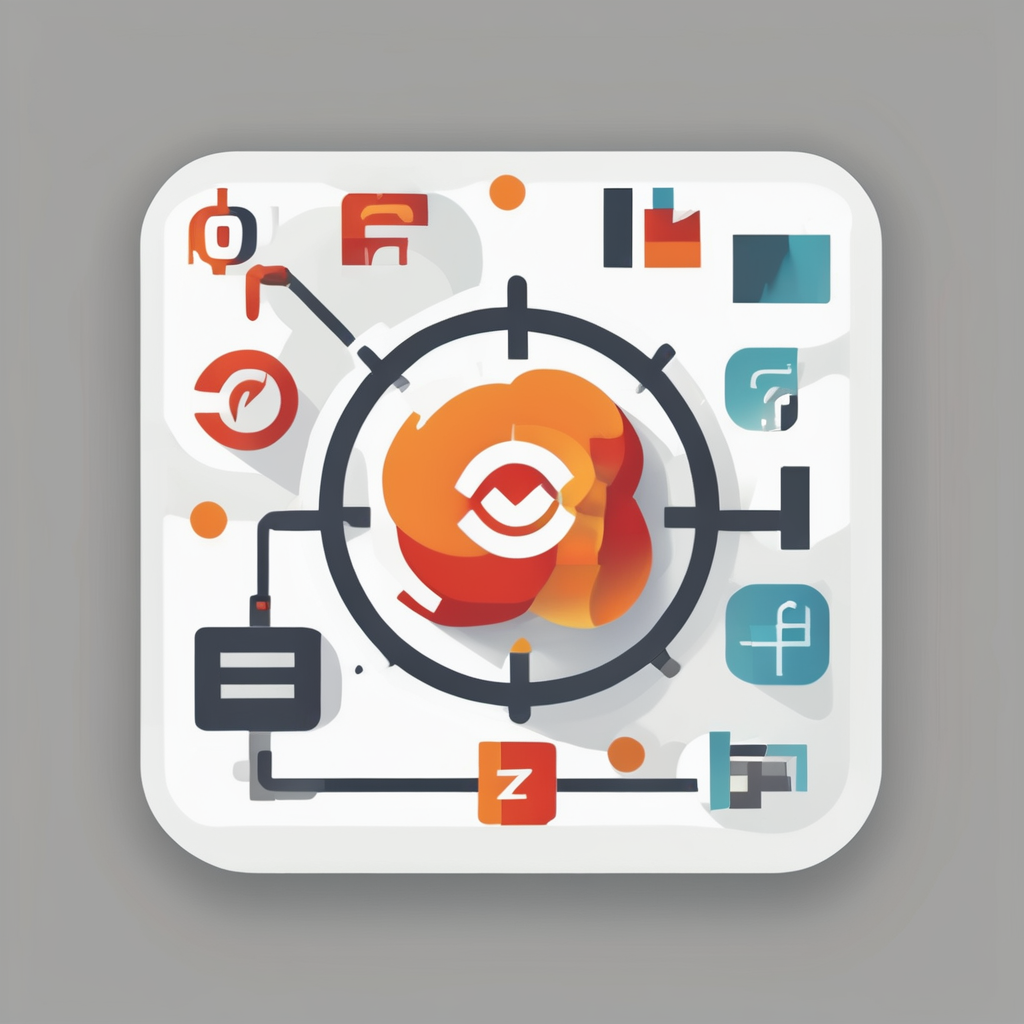Understanding Blockchain Technology
Blockchain fundamentals are essential for grasping its impact on modern data systems. A blockchain is a decentralized, distributed ledger that records transactions across multiple computers, ensuring that records cannot be altered retroactively. This technology provides robust document security through its key characteristics: transparency, security, and immutability.
How does blockchain work? At its core, blockchain operates through decentralization and encryption. Transactions are encrypted into blocks, linked chronologically, forming a chain. Each block contains a cryptographic hash of the previous block, transaction data, and a timestamp. This chain is maintained across a network of nodes, ensuring distributed consensus and eliminating the risk of centralized data manipulation.
Also to see : Elevate your visuals: utilizing ai to enhance image and video quality in digital media
The importance of blockchain in data management and integrity cannot be overstated. By distributing identical copies of data across a network, blockchain minimizes risks of data tampering and boosts trust in document management. Users benefit from enhanced access levels, ensuring that only those with permissions can view or edit records.
As blockchain technology continues to evolve, understanding its fundamentals allows organizations to harness its potential, fostering an environment where data authenticity and efficiency thrive.
In parallel : Transform your supply chain: leveraging ai and blockchain for superior security solutions
Benefits of Blockchain for Document Security
Implementing blockchain offers significant document security benefits by providing increased transparency and trust. This stems from blockchain’s immutable records, where each transaction is recorded forever without alteration. This feature is crucial in risk management, as it minimizes the possibility of fraud or unauthorized changes, ensuring that all stakeholders have a reliable and tamper-proof view of the data.
Through its decentralized nature, blockchain ensures improved data integrity. Because the ledger is distributed across a network of nodes, it significantly reduces the risk of single points of failure and unauthorized interference. Every node independently verifies the data, which enhances protection against corruption and unauthorized editing.
Furthermore, blockchain technology streamlines processes, contributing to operational efficiencies. By automating parts of transactions and records management, organizations can eliminate unnecessary steps and delays, which results in faster and more efficient document processing. This efficiency enables businesses to allocate resources more strategically, further strengthening overall security measures.
- Immutable records ensure transparency
- Decentralization enhances fraud reduction
- Streamlined processes increase efficiency
Incorporating blockchain into document security strategies thus not only safeguards data but also optimizes various operational workflows, empowering organizations to tackle security challenges proactively.
Steps to Implement Blockchain for Document Management
The journey to successful blockchain implementation in document management begins with thorough strategic planning. Organizations must first assess their specific needs and clearly define objectives to align blockchain capabilities with business goals. This ensures that the technology supports and enhances existing operations rather than disrupts them.
Selecting the appropriate blockchain platform is a critical step in this process. Businesses should evaluate different platforms based on factors such as scalability, security features, and ease of integration. The choice of platform can significantly affect the efficiency of blockchain operations and long-term viability.
Once the platform is chosen, developing a phased implementation strategy is crucial for minimizing risks. This approach allows organizations to gradually incorporate blockchain into existing systems, starting with non-critical functions. Risk assessment at this stage helps in identifying potential challenges and devising solutions proactively.
Moreover, a robust integration approach involves continuous performance reviews and adjustments to strategies as needed. By steadily monitoring the implementation, businesses can ensure that the technology consistently meets the predefined objectives. Through meticulous planning and phased deployment, firms can harness the full potential of blockchain for enhanced document management.
Case Studies: Successful Blockchain Integrations
Blockchain is revolutionizing industries with its real-world applications and innovative uses in document security. Various case studies showcase the effective integration of blockchain, illustrating its profound impact across diverse sectors.
In the financial industry, for example, several organizations have successfully deployed blockchain to enhance transaction audits and improve transparency. Companies like HSBC have implemented blockchain to streamline operations, resulting in significant time and cost savings. Such initiatives illustrate how blockchain can optimize risk management and enhance protection.
In the healthcare sector, pharmaceutical companies are using blockchain to secure patient data, manage supply chains, and ensure drug authenticity. These industry examples demonstrate how blockchain contributes to data integrity and security, leading to improved trust in medical data.
Similarly, in real estate, blockchain is transforming property transactions. Organizations are leveraging it for land registry processes, reducing fraud, and speeding up documentation. These examples highlight the potential for blockchain to streamline complex record management, thereby increasing efficiency and reliability.
By examining these successful integrations, businesses in various industries can gain valuable insights and learn how to effectively adopt blockchain technology to bolster document security and operational efficiency.
Challenges in Implementing Blockchain Solutions
Implementing blockchain solutions presents specific challenges around implementation challenges, regulatory hurdles, and strategic planning. One of the primary risk factors involves navigating the complex regulatory landscape. Many jurisdictions lack clear regulations, creating uncertainty for businesses attempting to comply with potential legal requirements.
Cost and resource allocation also pose significant barriers. Blockchain technology implementation can require substantial investment in terms of both finances and expertise. Companies often face challenges gathering the necessary technical resources and skilled personnel, impacting their capacity to effectively deploy blockchain.
Additionally, troubleshooting blockchain systems can be intricate due to their decentralized nature. Identifying and resolving issues requires robust planning and knowledge of distributed ledger technology.
Furthermore, aligning existing systems to integrate blockchain smoothly necessitates coordinated efforts across all departments. Lack of stakeholder support can impede progress, leading to dropped initiatives.
Despite these hurdles, understanding these potential barriers enables companies to better prepare, strategize, and engage necessary partners for a successful deployment. Anticipating challenges and employing expert guidance helps increase the likelihood of effective blockchain adoption. Developing thorough risk assessments and implementing comprehensive training programs can help in overcoming obstacles and optimizing blockchain solutions for long-term success.
Best Practices for Blockchain Integration
Implementing blockchain technology requires incorporating well-established best practices to achieve successful integration and operational efficiency. Ensuring stakeholder buy-in is crucial. Engaging key stakeholders from the start helps garner necessary support and resources. This approach fosters a collaborative environment where concerns can be addressed, and objectives aligned with organizational goals.
Training and educating staff on blockchain plays a vital role in overcoming resistance and enhancing implementation success. Comprehensive training programs should encompass both technical aspects and practical applications, ensuring that all participants grasp the benefits and functionality of the technology. This foundational knowledge equips team members to contribute effectively to the project.
Employing a strategy of continuous monitoring and optimization is fundamental. By regularly reviewing performance and making data-driven adjustments, organizations can fine-tune blockchain applications to meet evolving needs. This proactive stance not only ensures that the system remains efficient but also that it integrates seamlessly with existing operations.
To adhere to these best practices:
- Collaborate with all stakeholders for broad support
- Invest in staff education to build proficiency
- Prioritize ongoing monitoring to optimize results
Adopting these practices substantially enhances the likelihood of achieving a robust and resilient blockchain system, capable of advancing document security and organizational efficiency.
Tools and Resources for Blockchain Management
Smooth blockchain integration relies heavily on effective tools and resources. Various integration tools offer robust solutions for managing blockchain applications, with features such as smart contract capabilities, data management, and network deployment options. These tools are designed to seamlessly interface with existing systems, enhancing operational efficiency and scalability while simplifying the process of blockchain implementation.
Management software like Hyperledger, Ethereum, and Corda provides platforms that cater to specific industry needs, offering tailored solutions for diverse sectors. These tools facilitate efficient transaction processing and business logic execution, ensuring that the blockchain networks function optimally.
For businesses seeking to build expertise, essential resources include online courses, webinars, and certification programs offered by renowned institutions. Such educational materials provide a comprehensive understanding of blockchain fundamentals, deployment strategies, and best practices.
Furthermore, leveraging community and industry networks is invaluable for information sharing. Engaging in forums and attending blockchain conferences allows organizations to learn from peers, access cutting-edge insights, and stay informed on the latest technological advancements. Collectively, these resources empower businesses to manage blockchain systems effectively, fostering innovation and resilience in document management.











